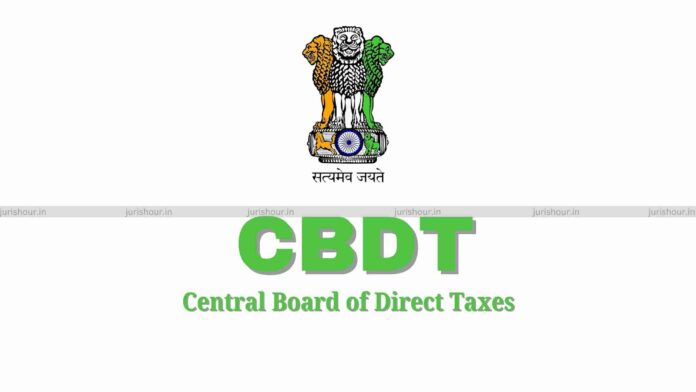In a move aimed at easing the pressure on taxpayers and professionals, the Central Board of Direct Taxes (CBDT) announced on 25th September 2025 that the deadline for filing Tax Audit Reports (TARs) for Assessment Year 2025-26 has been extended from 30th September to 31st October 2025. While the extension provides some relief, the accompanying assertion that the Income Tax e-filing portal is “stable and fully functional” has been met with widespread skepticism.
What CBDT Claimed?
According to the official press release, the e-filing system has been operating smoothly:
- Over 4.02 crore Tax Audit Reports had been uploaded by 24th September.
- More than 60,000 TARs were filed in a single day.
- By 23rd September, over 7.57 crore Income Tax Returns (ITRs) had already been successfully submitted.
The Board suggested that the portal’s performance was robust, and filings were proceeding without major issues.
The Reality on the Ground
Tax professionals and individual taxpayers, however, report a very different experience. Multiple glitches and technical hurdles have made the filing process far from seamless:
- Form 10E Errors: Employees attempting to submit Form 10E under Section 89 frequently encountered the “Submission failed: No Response received from server” error.
- Infinite Loading Screens: Users reported never-ending “Loading” messages, leaving them stuck mid-process.
- Session Expiry: Many were logged out unexpectedly, even while actively working on returns.
- Technical Failures in Returns: Backend errors, including “GenericJDBCException: Unable to acquire JDBC Connection,” disrupted ITR-4 submissions.
- OTP Verification Failures: Aadhaar-linked OTPs often failed due to no response from UIDAI.
- HTTP Errors: Messages like “Http failure response: 0 Unknown Error” prevented users from submitting returns entirely.
For professionals handling hundreds of clients, these recurring errors translate into hours of lost work and mounting frustration. While the aggregate numbers released by CBDT paint a picture of smooth operations, they conceal the daily struggles of users navigating the portal. Even if only 5–10% of filings face repeated failures, the cumulative disruption is significant.
Why the Extension Was Necessary
While CBDT cited external disruptions as the reason for extending the deadline, the widespread technical issues suggest that portal instability played a major role. Historically, extensions have become almost routine as the system struggles under peak load pressures near deadlines. This recurring pattern undermines taxpayers’ confidence and creates a climate of last-minute stress.
Steps That Can Improve the System
Experts suggest several reforms to prevent recurring portal failures:
- Transparent Reporting: CBDT should share detailed data on downtime, error rates, and system performance rather than issuing blanket assurances.
- Independent Technology Audits: The portal infrastructure should be regularly audited by independent technical experts, with reports made publicly available.
- Enhanced Stress Testing: Real-world peak load scenarios should be simulated, incorporating feedback from professionals.
- Better UIDAI Integration: Aadhaar OTP failures indicate the need for improved coordination between agencies.
- Scalable Infrastructure: Errors like JDBC failures point to insufficient server capacity; the system must be scaled to handle peak demand efficiently.
Read More: How Companies Grow Profits After GST Cuts: A Look at the DMart Example

